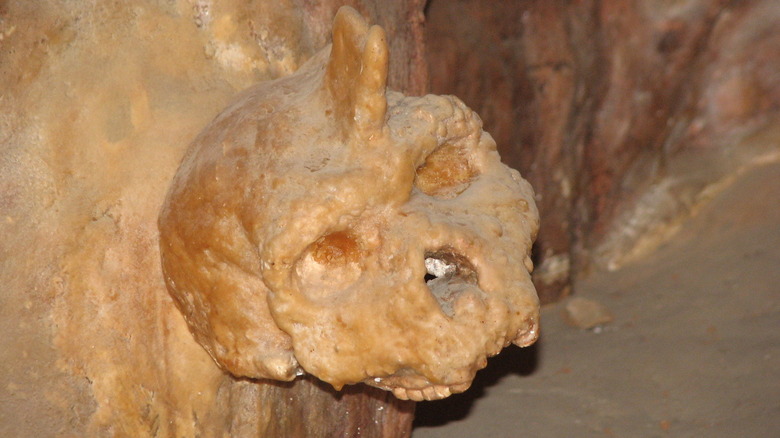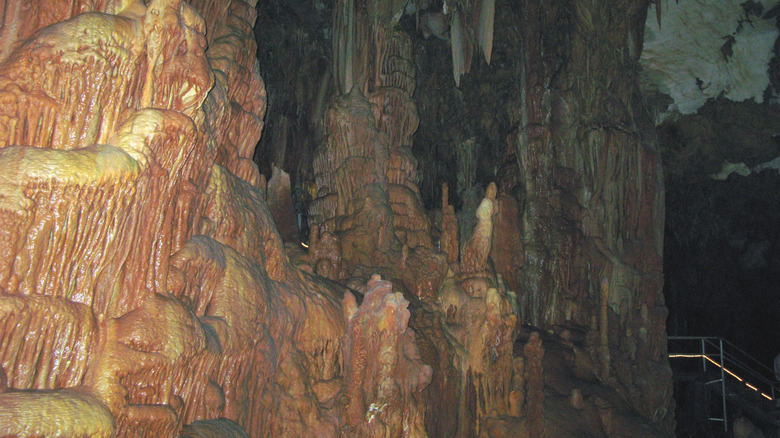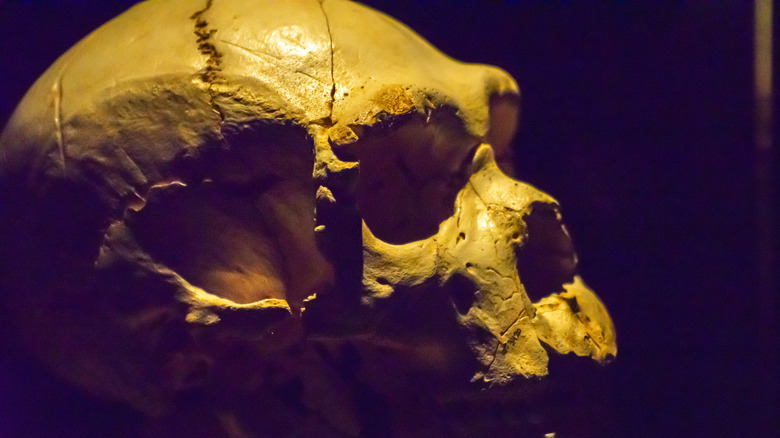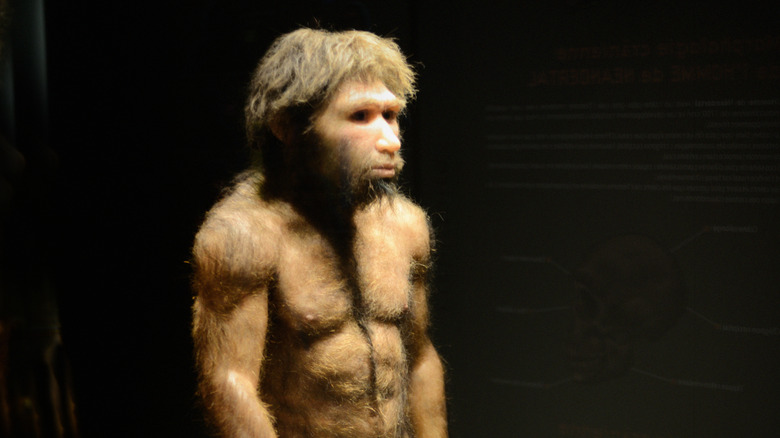A '60s Villager Found An Ancient Skull. 65 Years Later, It's Identified As Rare Human Species
It's been nearly 200 years since biologist Charles Darwin published his masterpiece, "On the Origin of Species." In it, he posited the idea that all creatures — including humans — exist as the result of a process of evolution, which takes place over the course of hundreds of thousands of years. Since then, his theory has become established as scientific fact. Decades of research have shown that modern humans, known by the scientific name Homo sapiens, evolved from previous primate species around 300,000 years ago. And they once shared the planet with other humanoids, such as the Neanderthals, a formerly dominant human species that gradually died out as Homo sapiens grew more populous.
But the nature of scientific inquiry is that nothing is taken for granted, and scientific consensus may change when new evidence that challenges the prevailing view comes to light. And there is one 20th-century discovery that, decades after it was unearthed, is challenging our view of human evolution. The Petralona skull is a nearly complete cranium, minus the jawbone, that was discovered by chance near Thessaloniki, Greece, in 1960. Embedded in the wall of a cave and uncannily preserved through calcite, which created a horn-like stalagmite on the top of the skull, it has long mystified scientists who have tried over the years to identify its evolutionary lineage. Now, it seems that new research may have finally worked out what it is.
The mysteries of the Petralona skull
For 65 years, the Petralona skull has been a source of great mystery for researchers and evolutionary theorists. Much of the intrigue has arisen from the long-held fact that the cranium demonstrably does not seemingly belong to either Homo sapiens (i.e., modern humans) or Neanderthals (with whom Homo sapiens interbred, as revealed by modern DNA analysis). This has long begged the question of what species it actually is — and what its presence in a cave near Thessaloniki means for our understanding of early humans. After all, there were numerous species that coexisted before dying out.
With so many mysteries around the Petralona skull, its potential age has been much debated. Some researchers have argued that the skull is only around 170,000 years old. Others claim it could be as old as 700,000, which would make it more than twice the age of Homo sapiens.
Early classification of the fossil
The first attempt to classify the Petralona skull came in 1964, when two German scientists were invited to Greece to analyze the remains alongside ancient animals also found in the cave. The pair came to the conclusion that the skull and animal remains were around 50,000 years old and that the skull belonged to one of the first humans to leave Africa for Europe. However, it didn't take long for ideas about the Petralona skull to change.
Shortly after, researcher Aris Poulianos posited that the skull was in fact its own distinct species, one that developed in Southeast Europe. He initially dated the skull to 500,000 years ago — 10 times older than the previous German estimate — before claiming it was actually likely 700,000 years old. Further researchers claimed that the skull represented a direct ancestor of Homo sapiens and that it was around 300,000 years old, though various scientific tests showed ages differing by tens of thousands of years.
The new Petralona skull findings for 2025
Suspicion that the Petralona skull is distinct from Homo sapiens has existed for decades — the Smithsonian has long classified it as Homo heidelbergensis, an extinct humanoid species. But in August 2025, the scientific community took notice after the publication of new research findings that seemed to support the hypothesis. First published in the academic Journal of Human Evolution, the research led by Christophe Falguères outlines how uranium-series dating on the calcite indicates that it had been accruing on the skull for at least 277,000 years.
That's a definitive claim of the absolute minimum amount of time that the skull has existed in the cave. One of the co-authors on the paper, Chris Stringer, a paleoanthropologist at London's Natural History Museum, told Live Science: "[T]he new age estimate supports the persistence and coexistence of this population alongside the evolving Neanderthal lineage in the later Middle Pleistocene of Europe." As for its species, the researchers classified it as Homo heidelbergensis, which shared the planet with the Neanderthals.



